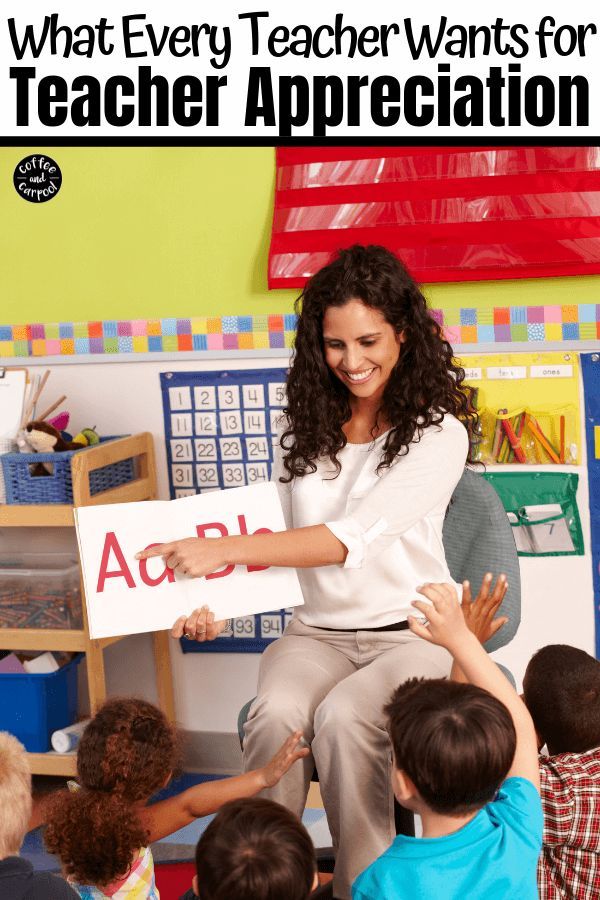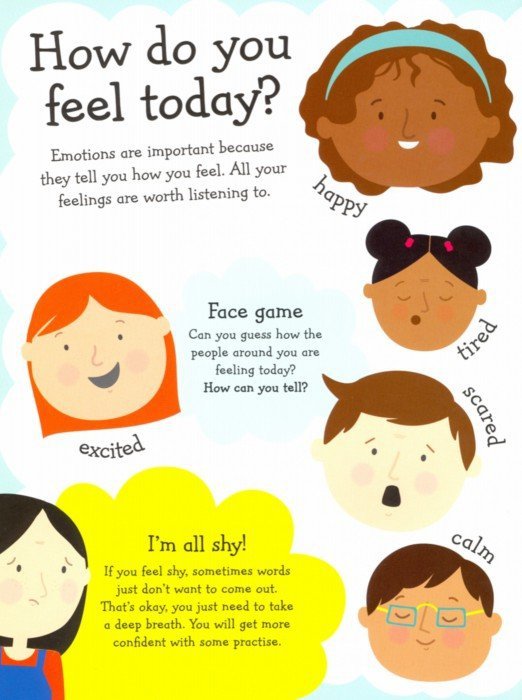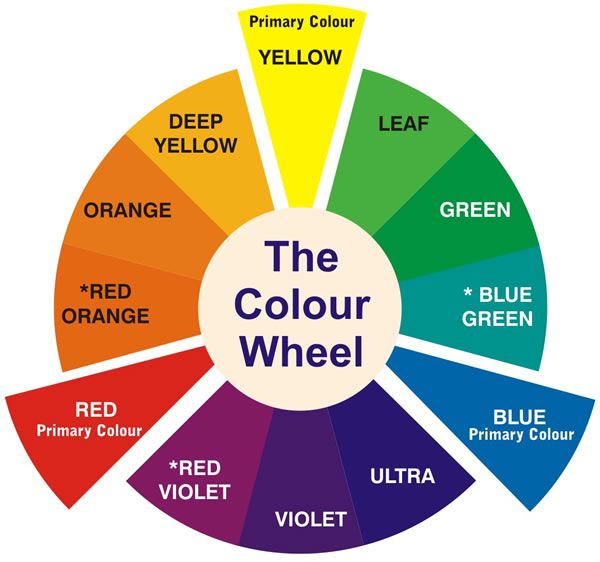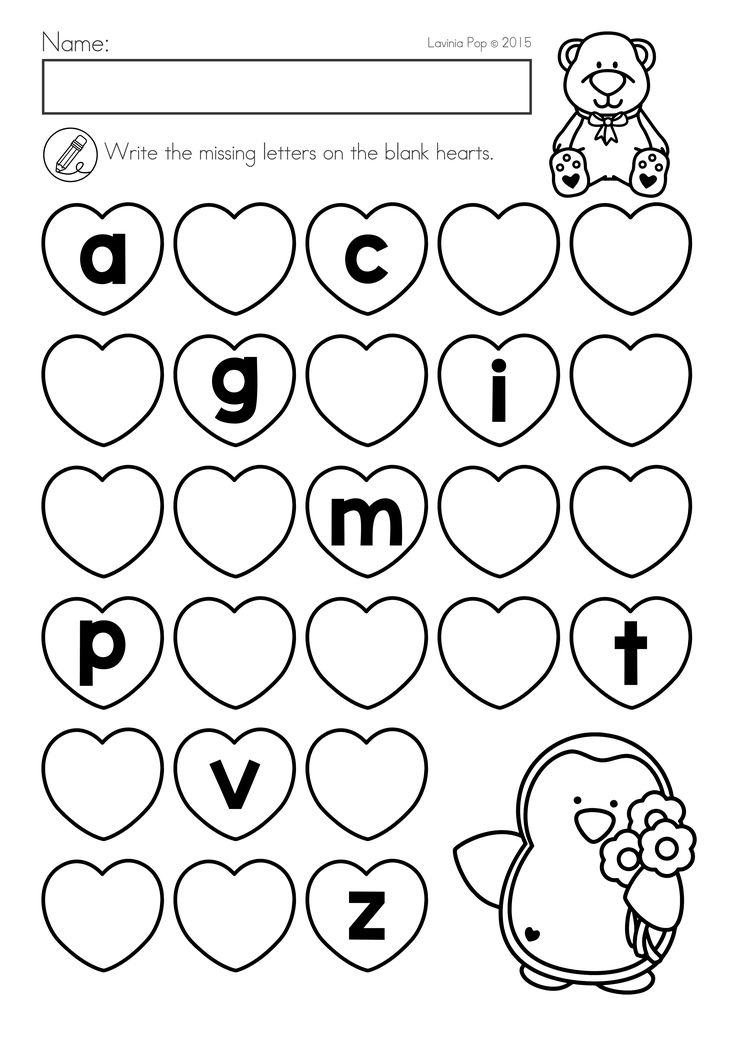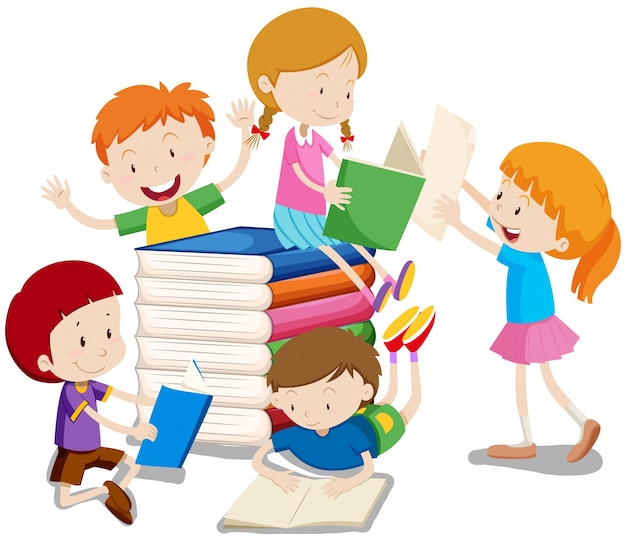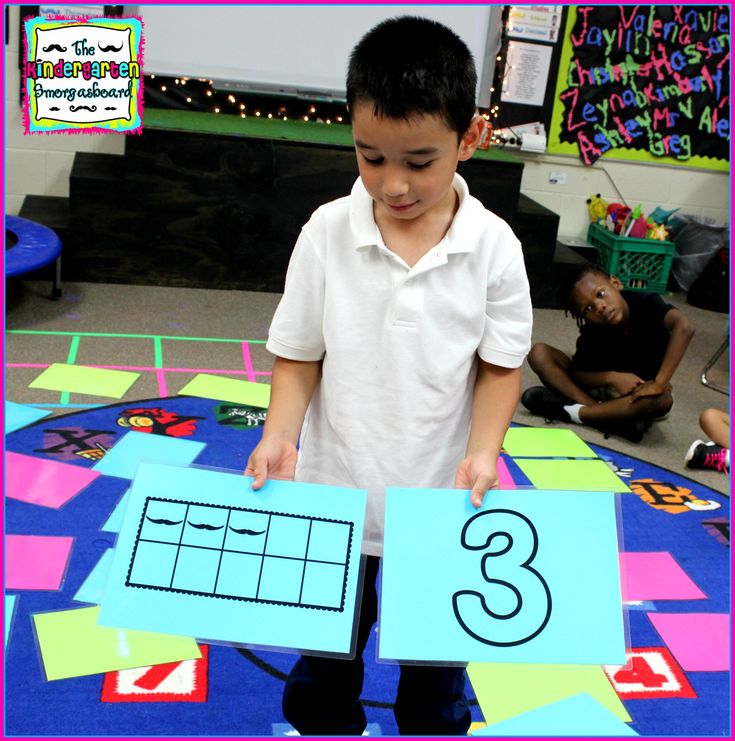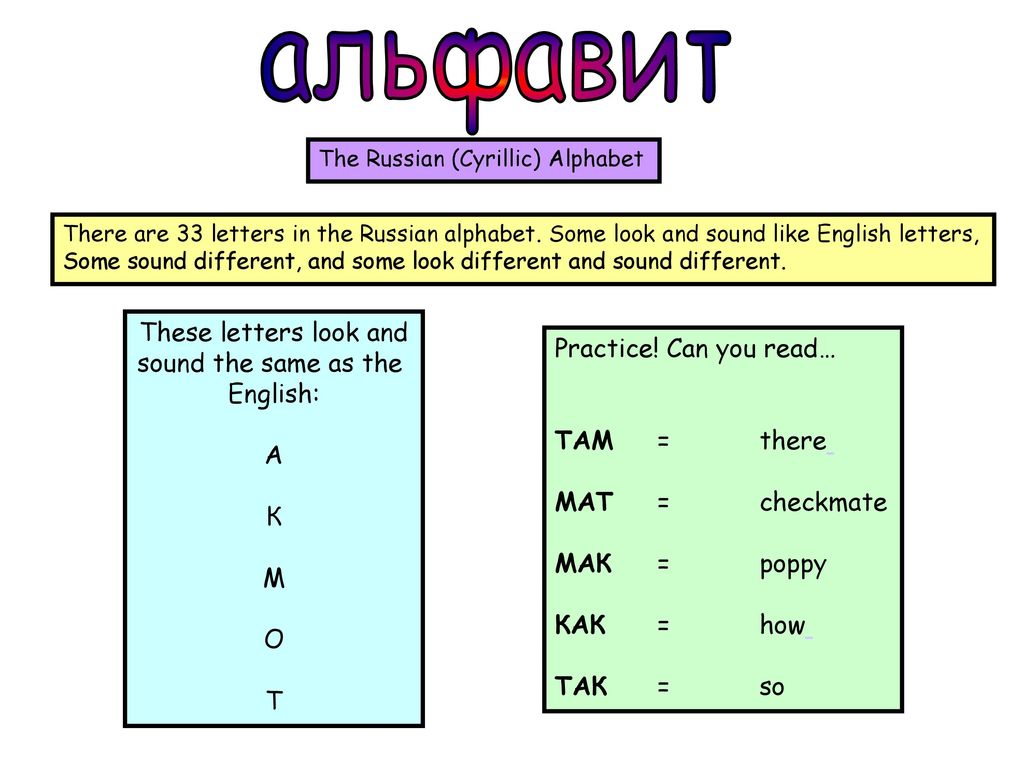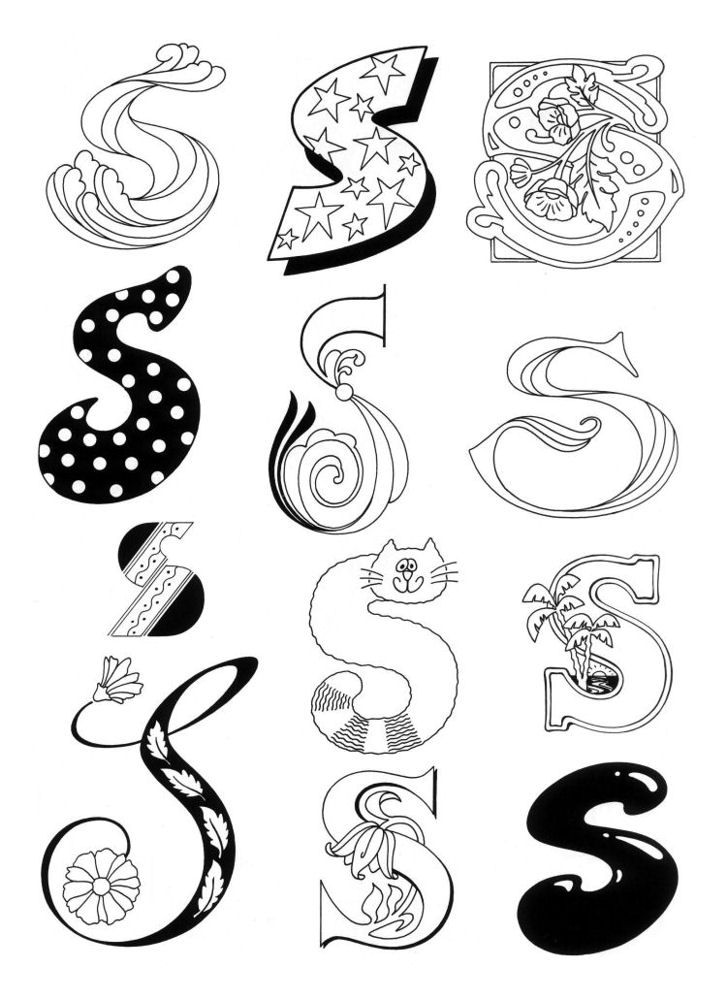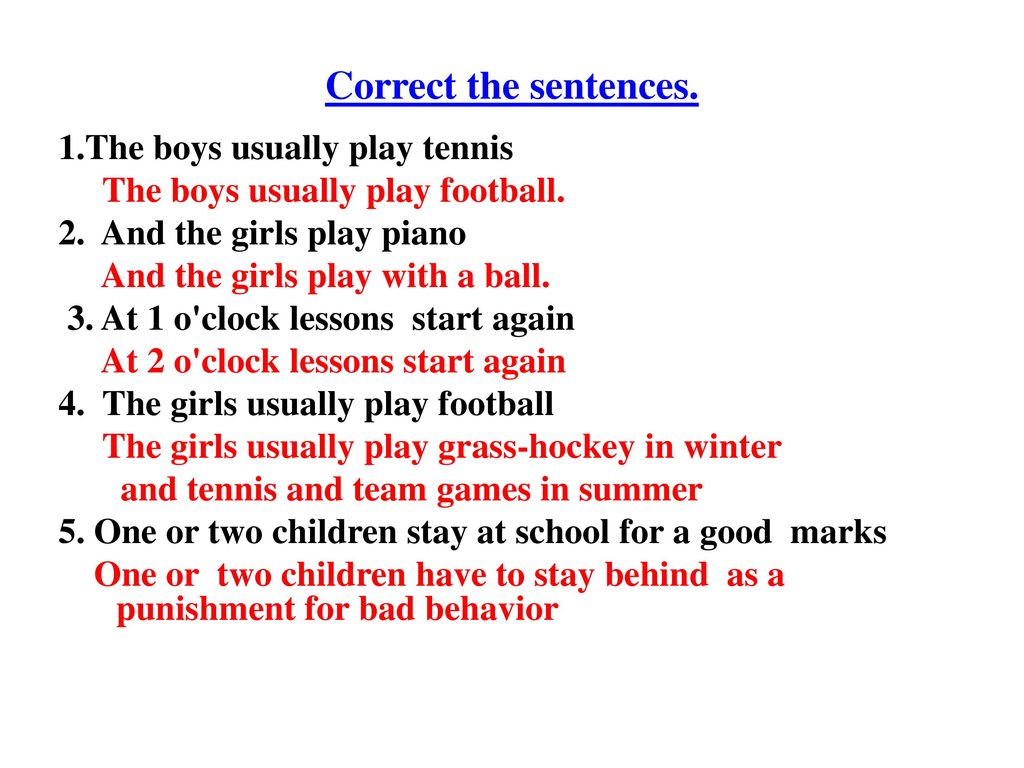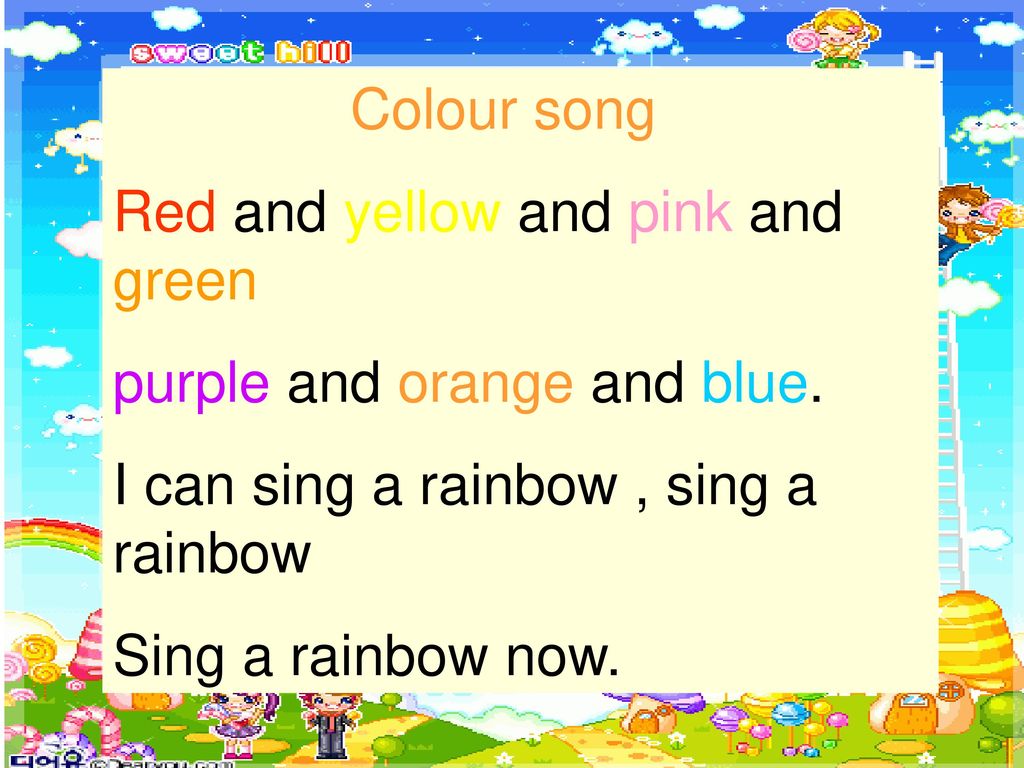Teacher reading to preschoolers
5 Tips for Teaching Reading to Preschoolers from a Veteran Teacher
Do you teach reading in preschool? If you’ve found yourself here I’m certain you teach your preschoolers how to read in one form or another, and you’re probably looking for some tips for teaching reading to preschoolers.
Whether you read bedtime stories to your preschooler or you are a reading specialist in an elementary school, you are teaching your child to read. Here are five tips for teaching reading to your preschooler from a veteran teacher.
Tips for Teaching Reading to Preschoolers
From read alouds to playing with letters, this post is all about how to teach reading to preschoolersThere is a lot that goes into teaching reading to preschoolers.
Hold on a minute…I know what you are thinking. Teaching reading to preschoolers isn’t developmentally appropriate!
But I did say that there is a lot that goes into teaching reading. It’s more than just letters and sounds.
Early reading skills begin in infancy since reading is language, and language development begins at birth.
Related Reading
The Four Components of Reading in Preschool
There are four components to teaching reading to preschoolers. I’ve written about them here: The “Big Four” of Preschool Literacy Instruction.
- Oral language development
- Print Awareness
- Phonological Awareness
- Alphabetic Principle
But you may be asking how to put all those components together to teach your preschooler how to read. Let me share with your my top tips for teaching reading to preschoolers.
How to Teach Preschoolers to Read
Now, teaching reading really is a complex process, but in preschool, it doesn’t have to be. There are so many resources available to help you give your child the very best start in learning how to read.
Here are five amazing tips for teaching reading to preschoolers!
1.
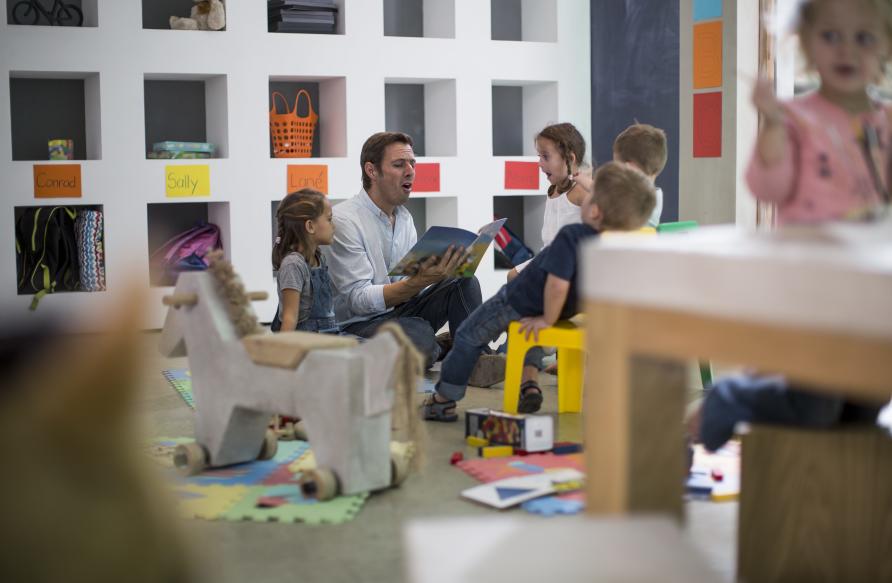 Select Developmentally Appropriate Activities
Select Developmentally Appropriate Activities
When teaching reading to preschoolers, activities must be developmentally appropriate.
That means you are not trying to engage your child in an activity that is above their scope of learning. Just like you wouldn’t expect a toddler to adequately and appropriately use a fork before picking up foods with his fingers, you wouldn’t expect a child learning to read to be able to interchange sounds in a word before being able to recognize those individual sounds.
This is one of the best parts of the Daily Lessons in Preschool Literacy Curriculum. Each component is designed to use effective teaching strategies that are age appropriate. The lessons are systematic and sequenced, so each day builds upon what the child practiced the previous day.
And the activities are so fun! They include music and gross motor games.
This preschool literacy curriculum isn’t based in “drill and kill” activities. Every activity is interactive and hands-on.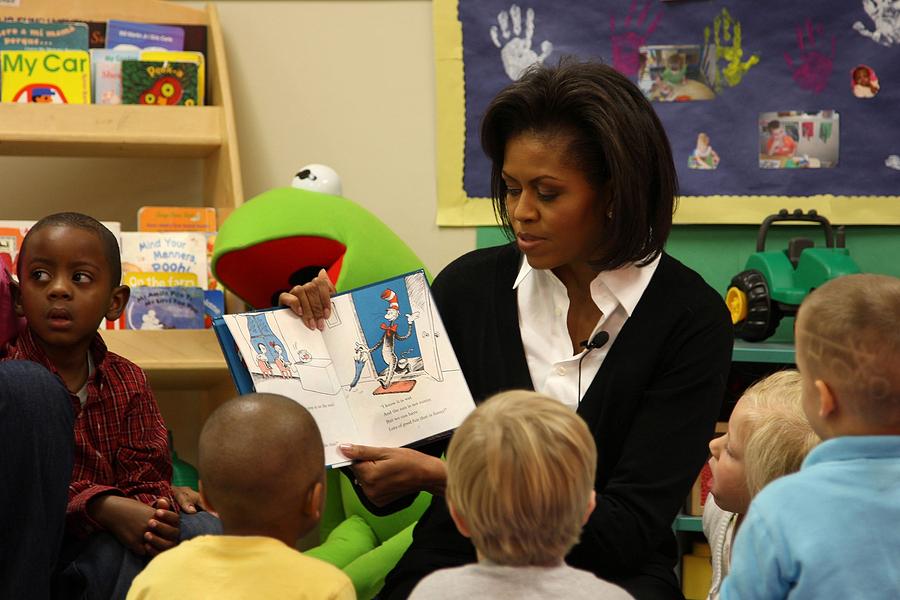
2. Build Stamina Gradually
Reading takes a lot of work on the child’s part, not just the teacher. The brain has to work. And work hard.
Did you know that three different parts of the brain have to simultaneously be activated just to read a single three-letter word? So when preschoolers are learning to read, they have to take their literacy instruction in small doses. It’s not just an attention thing, it’s the fact that their brain gets fatigued.
The Daily Lessons in Preschool Literacy Curriculum was designed with preschoolers in mind. While kindergarten interventionists can use this as a supplemental reading program for children who are struggling with decoding skills or reading comprehension, this is a preschool literacy curriculum designed for young children ages 3-5 years old.
Activities are short, but impactful.
3. Be Picky About the Resources You Use
Let’s face it, not all reading resources are created equal.
Not only are there multiple approaches to teaching reading to preschoolers, but some resources are much more complete and developmentally appropriate than others.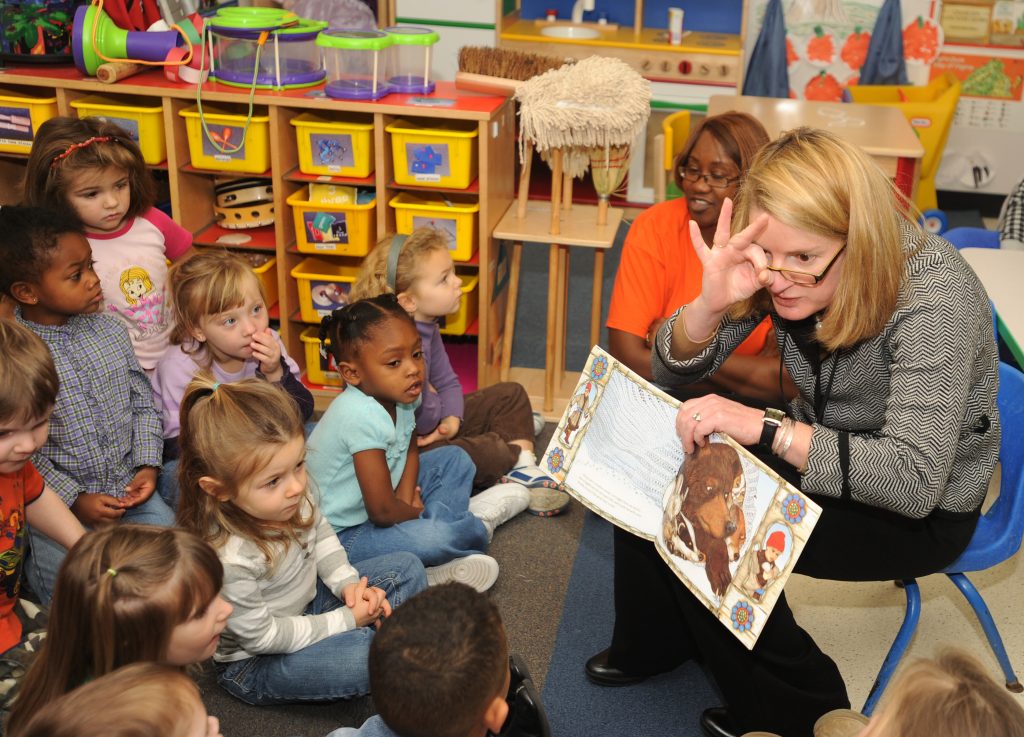 It’s important to do your research and to not settle for less than what is best for your child.
It’s important to do your research and to not settle for less than what is best for your child.
The Daily Lessons in Preschool Literacy Curriculum is designed to equip early learners with all the right skills that will prepare them for reading — when it comes time. This comprehensive preschool literacy curriculum makes teaching pre-reading skills in your classroom or homeschool is engaging, low-prep, and effective.
These daily lessons take the guesswork out of teaching preschool literacy because we did the research for you.
When you get these year-long lesson plans with our systematic sequence of skill progression, every literacy lesson you teach, builds upon what you’ve previously taught, so students feel successful and confident each day they’re with you.
4. Make Reading and Writing Connections
Reading and writing are related in many ways.
That is, reading and writing depend upon many of the same skills, strategies, and knowledge — though those are deployed in different ways in reading and writing.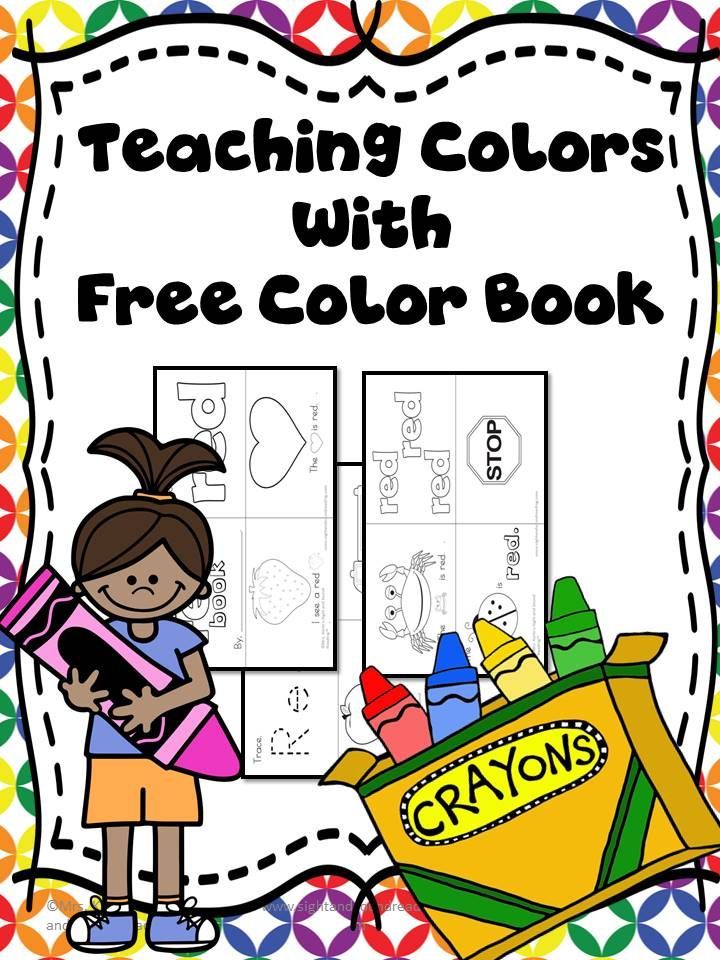
In fact, about 70% of the variation in reading and writing abilities are shared. For example, decoding and spelling are so closely aligned and learning to both pronounce and spell words simultaneously helps to increase decoding fluency.
And that’s exactly why the Daily Lessons in Preschool Literacy Curriculum also includes weekly alphabet, beginning sounds, and writing centers that parallel the week’s lessons. These are printable centers that reinforce the skills that have been formally taught in the lessons.
And because the program comes with so many centers, teachers and parents differentiate their instruction by choosing the centers that will be most impactful for their students.
5. Use Appropriate Assessments
Using appropriate assessment is a key component of teaching reading to preschoolers. But the thing is, having your preschooler sit for an hour to be drilled orally is not the best form of assessment. It’s not fun for the preschooler, nor is it the most accurate. Even in such an assessment might spit out a handy printable.
Even in such an assessment might spit out a handy printable.
Instead, some of the most valid kinds of assessments come in the form of observation or short and sweet worksheets. Every four weeks in the Daily Lessons in Preschool Literacy Curriculum is a review week. A handful of extra worksheets have been included for review weeks for teachers to use in their assessment portfolios.
If you’re looking for a comprehensive preschool curriculum to teach kids how to read, this one will have your preschoolers experiencing reading success.A Comprehensive Preschool Literacy Curriculum
Teaching reading in preschool is a critical part of early childhood education. Children need practice in letters and letter sounds, and well as basic phonics skills, but also oral language and phonological awareness.
The Daily Lessons in Preschool Literacy Curriculum is systematic in skill progression and effective! If fully implemented, this curriculum will have your preschooler ready to read by kindergarten, if not before.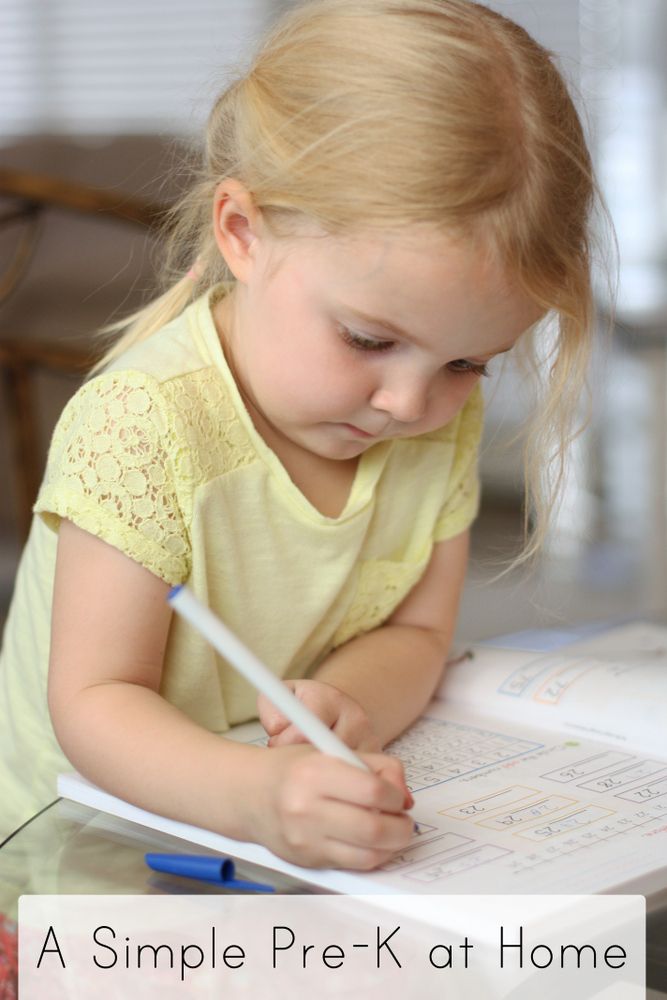
Sarah Punkoney, MAT
I’m Sarah, an educator turned stay-at-home-mama of five! I’m the owner and creator of Stay At Home Educator, a website about intentional teaching and purposeful learning in the early childhood years. I’ve taught a range of levels, from preschool to college and a little bit of everything in between. Right now my focus is teaching my children and running a preschool from my home. Credentials include: Bachelors in Art, Masters in Curriculum and Instruction.
stayathomeeducator.com/
Teaching children to read isn’t easy. How do kids actually learn to read?
A student in a Mississippi elementary school reads a book in class. Research shows young children need explicit, systematic phonics instruction to learn how to read fluently. Credit: Terrell Clark for The Hechinger ReportTeaching kids to read isn’t easy; educators often feel strongly about what they think is the “right” way to teach this essential skill. Though teachers’ approaches may differ, the research is pretty clear on how best to help kids learn to read.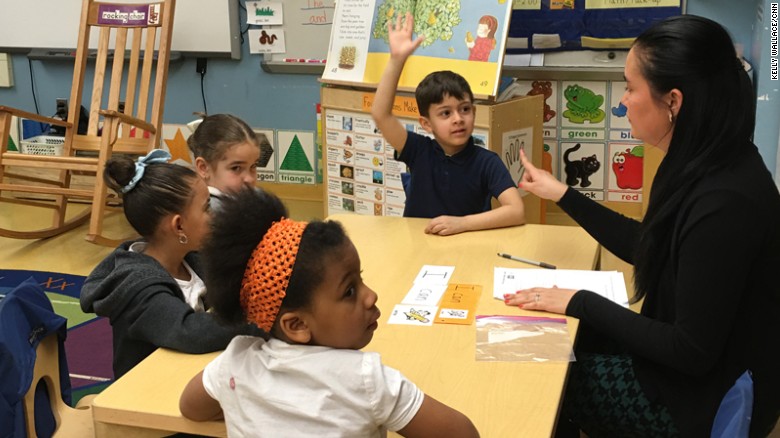 Here’s what parents should look for in their children’s classroom.
Here’s what parents should look for in their children’s classroom.
How do kids actually learn how to read?
Research shows kids learn to read when they are able to identify letters or combinations of letters and connect those letters to sounds. There’s more to it, of course, like attaching meaning to words and phrases, but phonemic awareness (understanding sounds in spoken words) and an understanding of phonics (knowing that letters in print correspond to sounds) are the most basic first steps to becoming a reader.
If children can’t master phonics, they are more likely to struggle to read. That’s why researchers say explicit, systematic instruction in phonics is important: Teachers must lead students step by step through a specific sequence of letters and sounds. Kids who learn how to decode words can then apply that skill to more challenging words and ultimately read with fluency. Some kids may not need much help with phonics, especially as they get older, but experts say phonics instruction can be essential for young children and struggling readers “We don’t know how much phonics each kid needs,” said Anders Rasmussen, principal of Wood Road Elementary School in Ballston Spa, New York, who recently led the transformation of his schools’ reading program to a research-based, structured approach. “But we know no kid is hurt by getting too much of it.”
“But we know no kid is hurt by getting too much of it.”
How should your child’s school teach reading?
Timothy Shanahan, a professor emeritus at the University of Illinois at Chicago and an expert on reading instruction, said phonics are important in kindergarten through second grade and phonemic awareness should be explicitly taught in kindergarten and first grade. This view has been underscored by experts in recent years as the debate over reading instruction has intensified. But teaching kids how to read should include more than phonics, said Shanahan. They should also be exposed to oral reading, reading comprehension and writing.
The wars over how to teach reading are back. Here’s the four things you need to know.
Wiley Blevins, an author and expert on phonics, said a good test parents can use to determine whether a child is receiving research-based reading instruction is to ask their child’s teacher how reading is taught.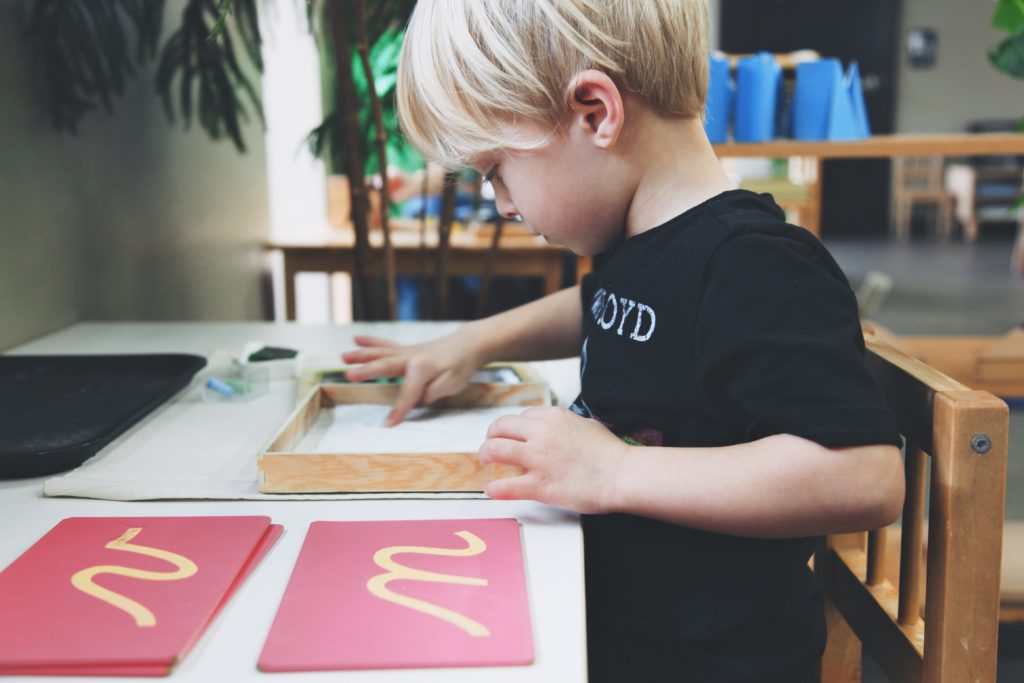 “They should be able to tell you something more than ‘by reading lots of books’ and ‘developing a love of reading.’ ” Blevins said. Along with time dedicated to teaching phonics, Blevins said children should participate in read-alouds with their teacher to build vocabulary and content knowledge. “These read-alouds must involve interactive conversations to engage students in thinking about the content and using the vocabulary,” he said. “Too often, when time is limited, the daily read-alouds are the first thing left out of the reading time. We undervalue its impact on reading growth and must change that.”
“They should be able to tell you something more than ‘by reading lots of books’ and ‘developing a love of reading.’ ” Blevins said. Along with time dedicated to teaching phonics, Blevins said children should participate in read-alouds with their teacher to build vocabulary and content knowledge. “These read-alouds must involve interactive conversations to engage students in thinking about the content and using the vocabulary,” he said. “Too often, when time is limited, the daily read-alouds are the first thing left out of the reading time. We undervalue its impact on reading growth and must change that.”
Rasmussen’s school uses a structured approach: Children receive lessons in phonemic awareness, phonics, pre-writing and writing, vocabulary and repeated readings. Research shows this type of “systematic and intensive” approach in several aspects of literacy can turn children who struggle to read into average or above-average readers.
What should schools avoid when teaching reading?
Educators and experts say kids should be encouraged to sound out words, instead of guessing. “We really want to make sure that no kid is guessing,” Rasmussen said. “You really want … your own kid sounding out words and blending words from the earliest level on.” That means children are not told to guess an unfamiliar word by looking at a picture in the book, for example. As children encounter more challenging texts in later grades, avoiding reliance on visual cues also supports fluent reading. “When they get to ninth grade and they have to read “Of Mice and Men,” there are no picture cues,” Rasmussen said.
“We really want to make sure that no kid is guessing,” Rasmussen said. “You really want … your own kid sounding out words and blending words from the earliest level on.” That means children are not told to guess an unfamiliar word by looking at a picture in the book, for example. As children encounter more challenging texts in later grades, avoiding reliance on visual cues also supports fluent reading. “When they get to ninth grade and they have to read “Of Mice and Men,” there are no picture cues,” Rasmussen said.
Related: Teacher Voice: We need phonics, along with other supports, for reading
Blevins and Shanahan caution against organizing books by different reading levels and keeping students at one level until they read with enough fluency to move up to the next level. Although many people may think keeping students at one level will help prevent them from getting frustrated and discouraged by difficult texts, research shows that students actually learn more when they are challenged by reading materials.
Blevins said reliance on “leveled books” can contribute to “a bad habit in readers.” Because students can’t sound out many of the words, they rely on memorizing repeated words and sentence patterns, or on using picture clues to guess words. Rasmussen said making kids stick with one reading level — and, especially, consistently giving some kids texts that are below grade level, rather than giving them supports to bring them to grade level — can also lead to larger gaps in reading ability.
How do I know if a reading curriculum is effective?
Some reading curricula cover more aspects of literacy than others. While almost all programs have some research-based components, the structure of a program can make a big difference, said Rasmussen. Watching children read is the best way to tell if they are receiving proper instruction — explicit, systematic instruction in phonics to establish a foundation for reading, coupled with the use of grade-level texts, offered to all kids.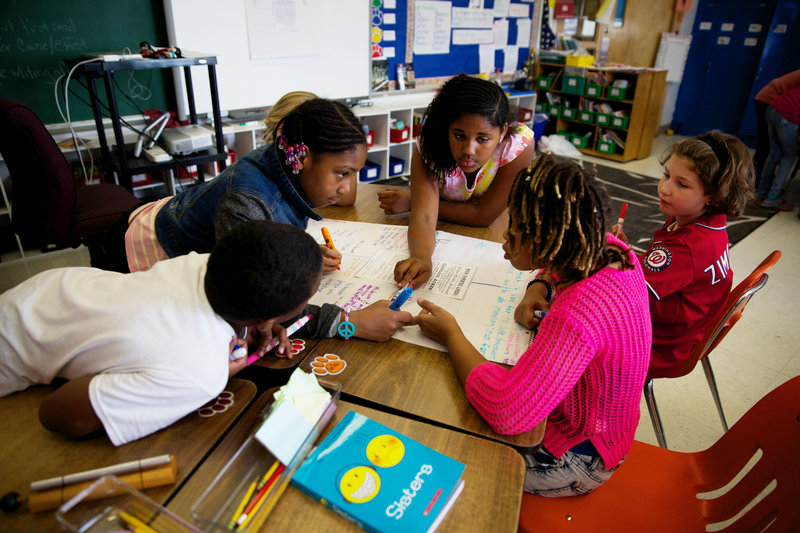
Parents who are curious about what’s included in the curriculum in their child’s classroom can find sources online, like a chart included in an article by Readingrockets.org which summarizes the various aspects of literacy, including phonics, writing and comprehension strategies, in some of the most popular reading curricula.
Blevins also suggested some questions parents can ask their child’s teacher:
- What is your phonics scope and sequence?
“If research-based, the curriculum must have a clearly defined phonics scope and sequence that serves as the spine of the instruction.” Blevins said.
- Do you have decodable readers (short books with words composed of the letters and sounds students are learning) to practice phonics?
“If no decodable or phonics readers are used, students are unlikely to get the amount of practice and application to get to mastery so they can then transfer these skills to all reading and writing experiences,” Blevins said. “If teachers say they are using leveled books, ask how many words can students sound out based on the phonics skills (teachers) have taught … Can these words be fully sounded out based on the phonics skills you taught or are children only using pieces of the word? They should be fully sounding out the words — not using just the first or first and last letters and guessing at the rest.”
“If teachers say they are using leveled books, ask how many words can students sound out based on the phonics skills (teachers) have taught … Can these words be fully sounded out based on the phonics skills you taught or are children only using pieces of the word? They should be fully sounding out the words — not using just the first or first and last letters and guessing at the rest.”
- What are you doing to build students’ vocabulary and background knowledge? How frequent is this instruction? How much time is spent each day doing this?
“It should be a lot,” Blevins said, “and much of it happens during read-alouds, especially informational texts, and science and social studies lessons.”
- Is the research used to support your reading curriculum just about the actual materials, or does it draw from a larger body of research on how children learn to read? How does it connect to the science of reading?
Teachers should be able to answer these questions, said Blevins.
What should I do if my child isn’t progressing in reading?
When a child isn’t progressing, Blevins said, the key is to find out why. “Is it a learning challenge or is your child a curriculum casualty? This is a tough one.” Blevins suggested that parents of kindergarteners and first graders ask their child’s school to test the child’s phonemic awareness, phonics and fluency.
Parents of older children should ask for a test of vocabulary. “These tests will locate some underlying issues as to why your child is struggling reading and understanding what they read,” Blevins said. “Once underlying issues are found, they can be systematically addressed.”
“We don’t know how much phonics each kid needs. But we know no kid is hurt by getting too much of it.”
Anders Rasmussen, principal of Wood Road Elementary School in Ballston Spa, New York
Rasmussen recommended parents work with their school if they are concerned about their children’s progress. By sitting and reading with their children, parents can see the kind of literacy instruction the kids are receiving. If children are trying to guess based on pictures, parents can talk to teachers about increasing phonics instruction.
By sitting and reading with their children, parents can see the kind of literacy instruction the kids are receiving. If children are trying to guess based on pictures, parents can talk to teachers about increasing phonics instruction.
“Teachers aren’t there doing necessarily bad things or disadvantaging kids purposefully or willfully,” Rasmussen said. “You have many great reading teachers using some effective strategies and some ineffective strategies.”
What can parents do at home to help their children learn to read?
Parents want to help their kids learn how to read but don’t want to push them to the point where they hate reading. “Parents at home can fall into the trap of thinking this is about drilling their kid,” said Cindy Jiban, a former educator and current principal academic lead at NWEA, a research-based non-profit focused on assessments and professional learning opportunities. “This is unfortunate,” Jiban said. “It sets up a parent-child interaction that makes it, ‘Ugh, there’s this thing that’s not fun.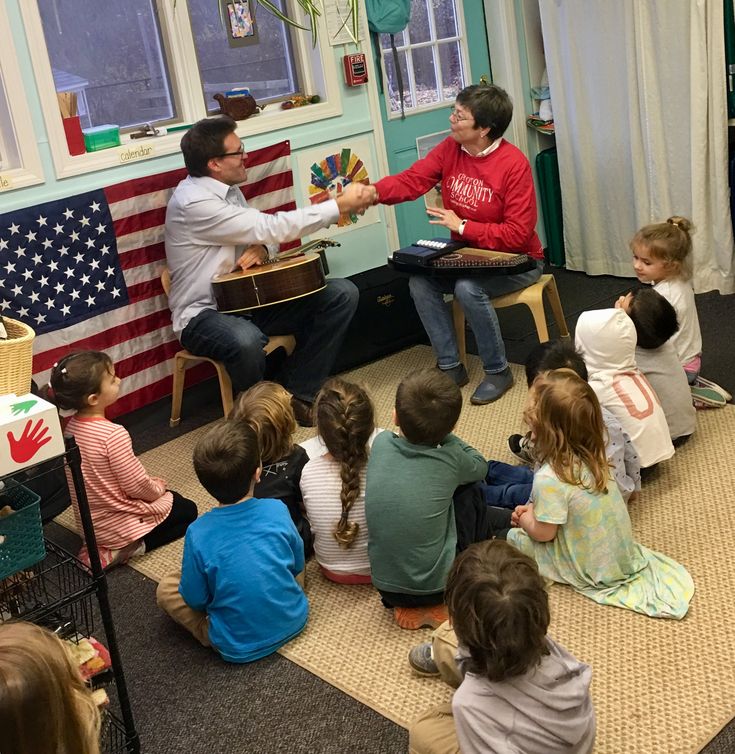 ’” Instead, Jiban advises making decoding playful. Here are some ideas:
’” Instead, Jiban advises making decoding playful. Here are some ideas:
- Challenge kids to find everything in the house that starts with a specific sound.
- Stretch out one word in a sentence. Ask your child to “pass the salt” but say the individual sounds in the word “salt” instead of the word itself.
- Ask your child to figure out what every family member’s name would be if it started with a “b” sound.
- Sing that annoying “Banana fana fo fanna song.” Jiban said that kind of playful activity can actually help a kid think about the sounds that correspond with letters even if they’re not looking at a letter right in front of them.
- Read your child’s favorite book over and over again. For books that children know well, Jiban suggests that children use their finger to follow along as each word is read. Parents can do the same, or come up with another strategy to help kids follow which words they’re reading on a page.
Giving a child diverse experiences that seem to have nothing to do with reading can also help a child’s reading ability.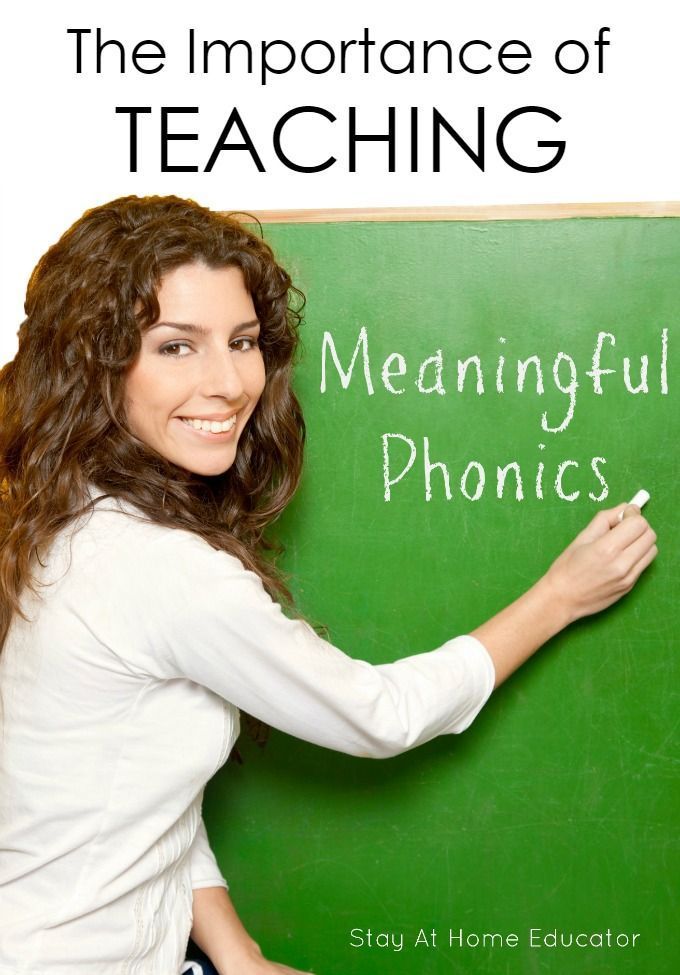 By having a variety of experiences, Rasmussen said, children will be able to apply their own knowledge to better comprehend texts about various topics.
By having a variety of experiences, Rasmussen said, children will be able to apply their own knowledge to better comprehend texts about various topics.
This story about teaching children to read was produced by The Hechinger Report, a nonprofit, independent news organization focused on inequality and innovation in education. Sign up for Hechinger’s newsletter.
The Hechinger Report provides in-depth, fact-based, unbiased reporting on education that is free to all readers. But that doesn't mean it's free to produce. Our work keeps educators and the public informed about pressing issues at schools and on campuses throughout the country. We tell the whole story, even when the details are inconvenient. Help us keep doing that.
Join us today.
How a teacher can recognize dyslexia in a student
Reading difficulties are experienced by 5% to 15% of students.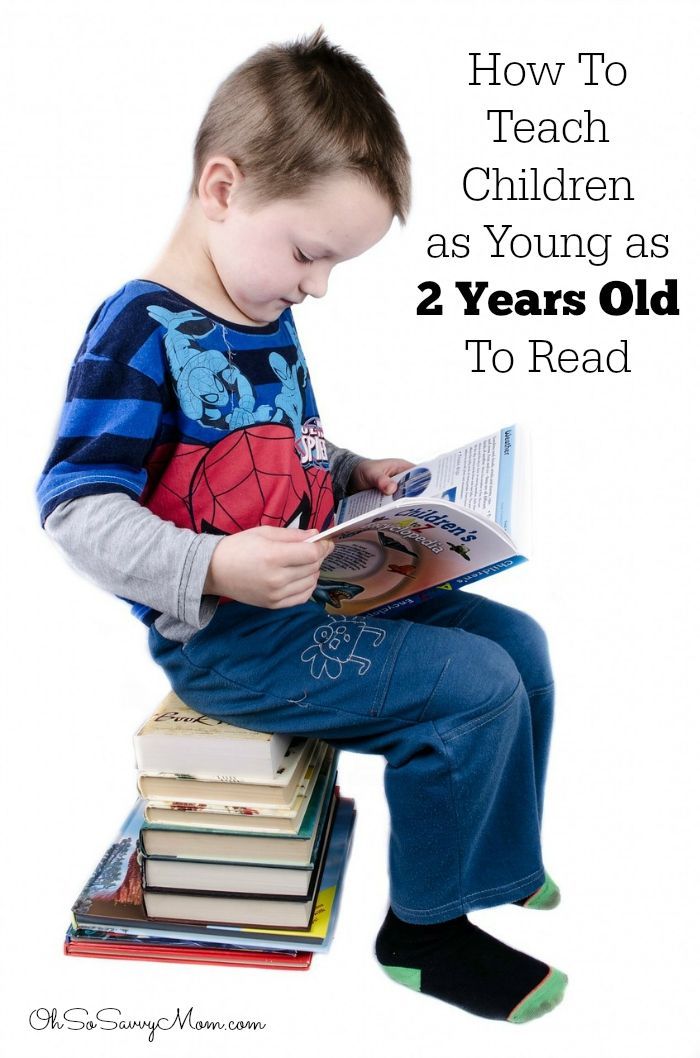 Children who experience these difficulties while remaining able to learn are called dyslexics. Most often, signs of dyslexia become noticeable by grades 2-3. As a rule, it is at this time that the child begins to experience difficulties in understanding the read text. Timely identification of the problem will allow the student to better adapt to the educational process. In this article, we will talk about what dyslexia is, what are its main signs and how a teacher can recognize it.
Children who experience these difficulties while remaining able to learn are called dyslexics. Most often, signs of dyslexia become noticeable by grades 2-3. As a rule, it is at this time that the child begins to experience difficulties in understanding the read text. Timely identification of the problem will allow the student to better adapt to the educational process. In this article, we will talk about what dyslexia is, what are its main signs and how a teacher can recognize it.
What is dyslexia?
Dyslexia is a feature of information perception, which is expressed in a partial impairment of reading skills while maintaining the ability to learn. Dyslexic children can read very slowly, make many mistakes and have difficulty understanding the meaning of the information they read.
It must be understood that dyslexia is not a disease with a set of specific symptoms, and there is no unambiguous definition of the causes of its occurrence. Schoolchildren faced with such a problem may have good intellectual development.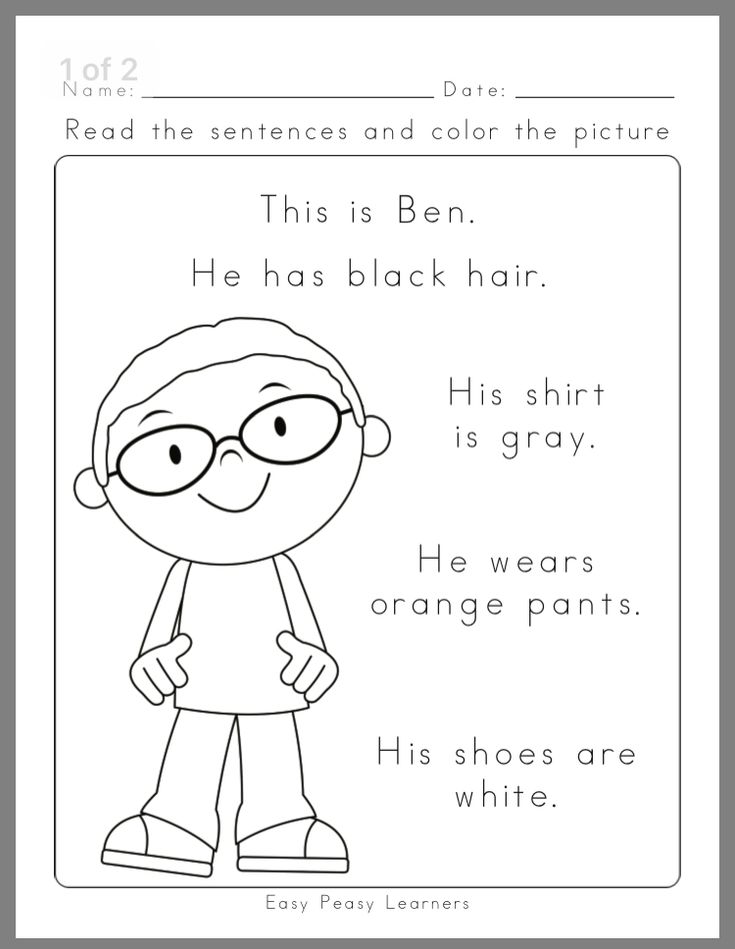 However, most of them have difficulty recognizing the sounds in a word or understanding exactly how letters represent sounds. Often dyslexia is accompanied by a violation of the letter - dysgraphia.
However, most of them have difficulty recognizing the sounds in a word or understanding exactly how letters represent sounds. Often dyslexia is accompanied by a violation of the letter - dysgraphia.
The main signs of dyslexia
As noted above, difficulties with the perception of the read text become noticeable in elementary school. However, some signs can be identified and paid attention to already at preschool age.
1. Speech difficulties
- Speech development is slower than in children of the same age.
- The child has difficulty memorizing poems, confuses seasons, days of the week, time of day.
- Incorrect pronunciation of sounds persists after 5-6 years.
- The child reads slowly and with a lot of errors, has difficulty understanding the text he has read.
2. Visuo-spatial difficulties
- The child has difficulty distinguishing between the concepts “right” and “left”.
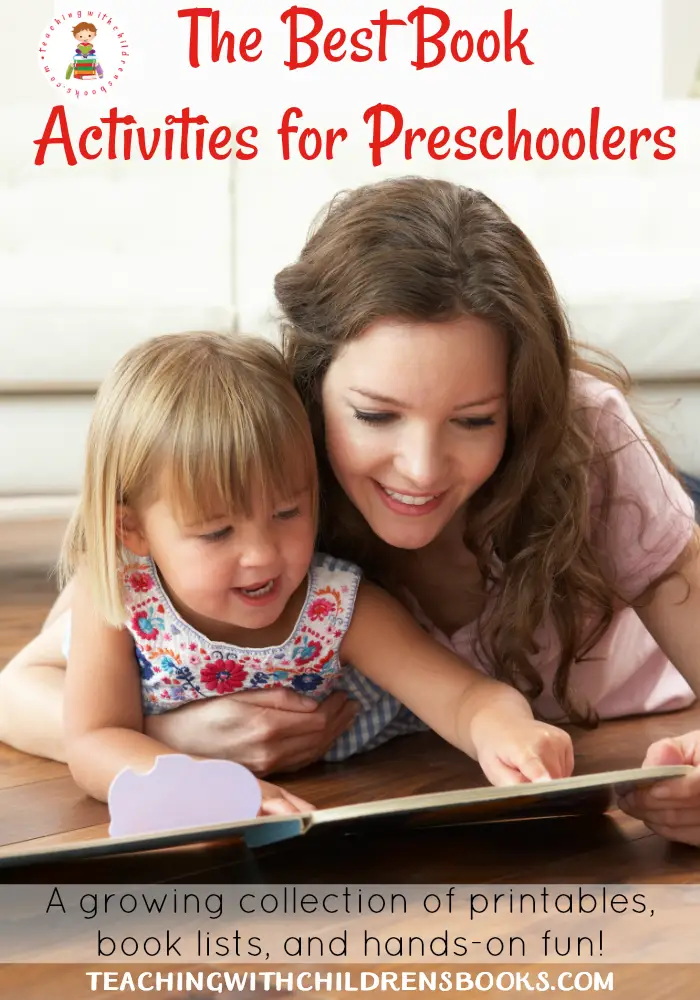
- Letters and numbers are written in reverse.
- The child often confuses similar letters.
3. Motor-regulatory problems
- The child has poor coordination, including during active games.
- There are difficulties with the development of fine motor skills. A child may have great difficulty tying shoelaces, not being able to use scissors, making mosaics, etc.
- Difficulty concentrating.
Types of dyslexia
- Phonemic . It is expressed in violation of the formation and recognition of phonemes. The child reads words letter by letter, confuses and rearranges syllables.
- Semantic . It is expressed in the lack of understanding of the read text.
- Agrammatical . It manifests itself in the wrong choice of endings, tenses, cases when compiling verbal constructions.
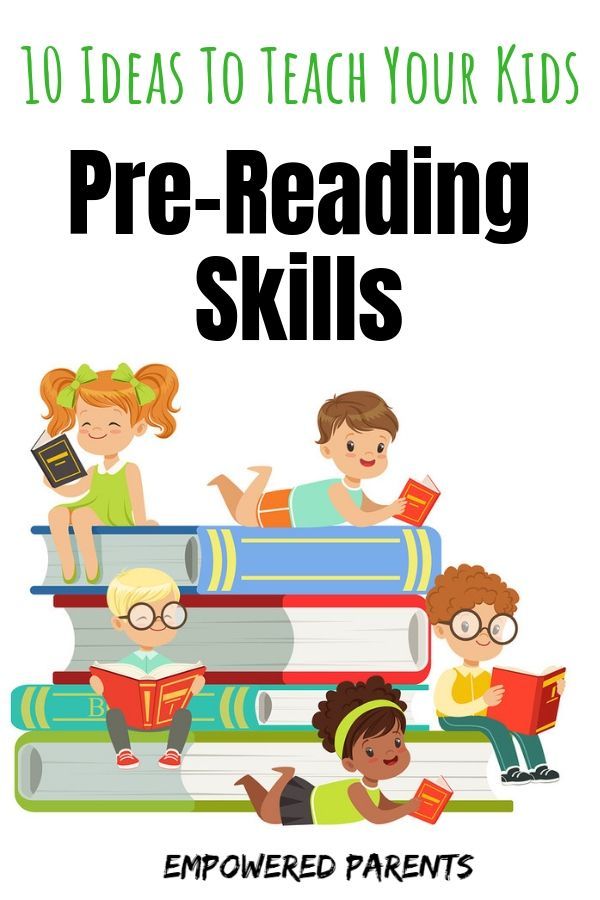
- Mnestic . It is expressed in violation of the ratio of letters and sounds and the inability to distinguish them. When reading, they can be shifted, excluded from the word, etc.
- Optical . It arises as a result of a violation of the visual-spatial representation of the shape and size of objects. It is difficult for a child to draw a letter according to the model and recognize it.
How can a teacher recognize dyslexia in a child? The main problems that a teacher may face
It is often the teacher who is the first person who notices signs of dyslexia in a younger student. It is important to consider that characteristic errors are usually specific and appear on an ongoing basis. If they occur periodically, it may be the result of overwork or inattention of the student. In this case, you should carefully observe the child.
Teachers may alert the following problems:
- Mixing letters in the process of reading by optical similarity:
b – e; p - t; E - Z; a - o; e - y
- Incorrect pronunciation of sounds.
 Individual sound units may be missing or replaced by others. Moreover, this problem arises not only in oral speech, but also in the process of writing words.
Individual sound units may be missing or replaced by others. Moreover, this problem arises not only in oral speech, but also in the process of writing words. - Replacing letters with similar ones: b-p, d-t and others.
- Spelling words as they are heard.
- Inability to convey the softness of sounds when reading and writing.
Students with dyslexia often have difficulty writing. The letters in the notebook can have different sizes and slopes in opposite directions. Vowels, including stressed ones, may be absent in words, word order is violated, phrases can be written together.
Importance of timely detection and correction of dyslexia in schoolchildren
Consequences of impaired reading skills are directly related to the socialization of a person in society. At school age, dyslexia can cause ridicule from classmates and a deterioration in the child's academic performance. In the future, this can lead to social exclusion and inability to perform certain activities. At the same time, children who start receiving the necessary assistance in a timely manner improve their reading skills so that they can fully master reading and writing, do well in school and succeed in their chosen profession.
In the future, this can lead to social exclusion and inability to perform certain activities. At the same time, children who start receiving the necessary assistance in a timely manner improve their reading skills so that they can fully master reading and writing, do well in school and succeed in their chosen profession.
Prevention of dyslexia in preschoolers and younger schoolchildren is based on the development of the necessary skills (speech, memory, attention, and others) through special exercises. A significant place is occupied by the correction of defects in the pronunciation of sounds and the lexical and grammatical construction of speech.
When a child is diagnosed with dyslexia, it is important for parents to understand that they will need additional work and pay more attention. Children with reading disabilities need a special approach to learning. It consists in adapting the school curriculum, regular classes with a speech therapist, psychologist. Part of children with dyslexia have other talents.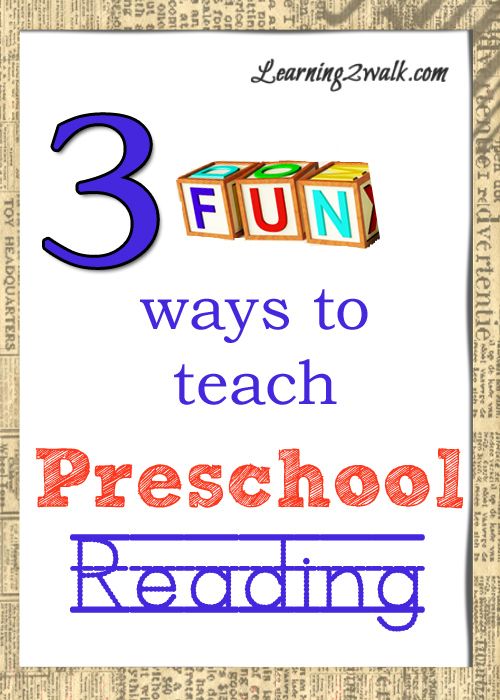 The task of parents and teachers is to find and help develop the strengths of the child.
The task of parents and teachers is to find and help develop the strengths of the child.
How can I help my child adapt to learning?
The first and most important step in the prevention and correction of dyslexia in younger students is observation. Signs of impaired reading skills become noticeable to the teacher rather quickly. However, at the initial stage, it is important to monitor the dynamics.
Having noticed the features that may indicate dyslexia, it is worth observing exactly how they manifest themselves. If a child encounters characteristic difficulties constantly, it is necessary to bring the parents up to date. The conversation should be extremely tactful. The task of the teacher is to tell everything that he managed to pay attention to and help find ways to solve the problem. Often, the parents themselves have already noticed certain features, but they attributed this to the laziness and restlessness of the child. Realizing that the teacher is interested in the qualitative adaptation of the student, they will be able to provide comprehensive assistance.
If parents understand the importance of the adaptation of a child with dyslexia and correctional support work, they should be advised to consult with specialists in this field. It can be a speech therapist, psychologist, neurologist, etc. It is important to take into account that parents do not always perceive the information presented by the teacher loyally. However, even in this case, the teacher has the opportunity to provide some assistance to the child at school:
- Do not forget to praise the child. The student must feel the support of the teacher. It is unacceptable to use caustic remarks about the child. Otherwise, he may become the object of peer ridicule. To support the child, at the beginning you can praise him for any efforts made (even if they did not bring the desired result), and then -. for a certain number of correctly completed tasks.
- Allow students to move during recess. When the children are not in the classroom, do not forget to ventilate the room.
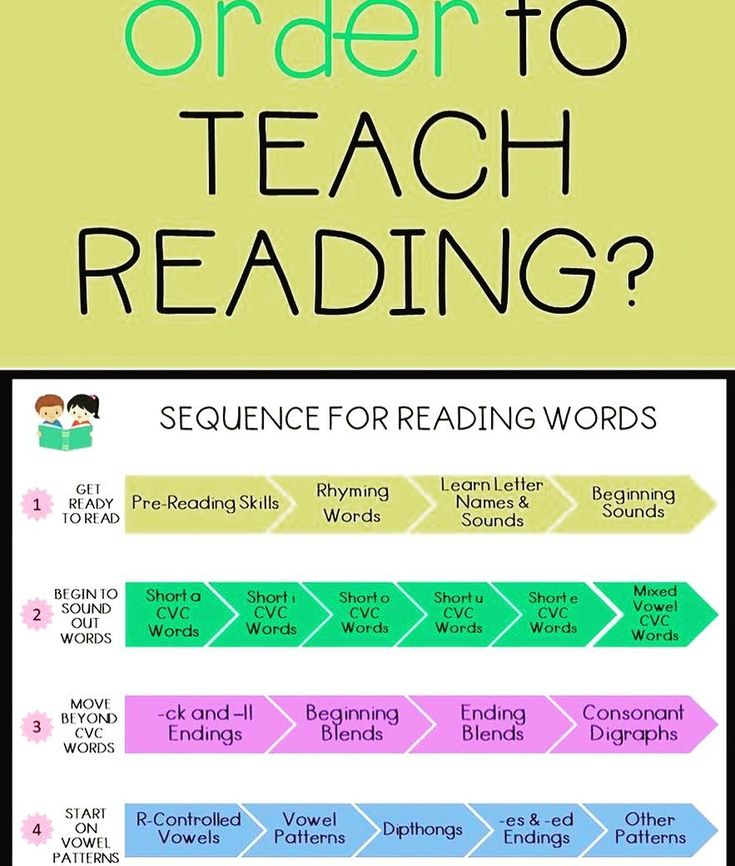 Students must also have constant access to drinking water.
Students must also have constant access to drinking water. - Use cerebellar stimulation exercises whenever possible. They allow you to get good results, several times increasing the ability to learn and perceive information. These include:
– Balance exercises;
– Active play with objects of different weights. The child needs to catch them, throw them up in turn and catch them again;
– Hanging ball game. The children are faced with the task of taking turns hitting the ball, first with the right, then with the left hand, and vice versa;
– Target game. Children need to hit the target with darts;
– Flying ball game. The task of the child is to beat him with a racket.
Excellent results can be achieved by articulatory gymnastics. The task of the child is to try to pronounce tongue twisters, sayings and proverbs as clearly as possible. These and many other exercises for correcting dyslexia in schoolchildren will help the child better adapt to learning activities.
These and many other exercises for correcting dyslexia in schoolchildren will help the child better adapt to learning activities.
Teachers who want to improve their own knowledge on this topic, to get a modern understanding of the possibilities of a neuropsychological approach when working with academic failure in children, can take the course “Neuropsychological diagnostics and correction of dyslexia, dysgraphia and dyscalculia in younger schoolchildren” at our Institute. He will tell about the basics of neuropsychology, the functional organization of the brain and higher mental functions in children of primary school age, and will help to master the skills of diagnosing and correcting difficulties in educational activities. In addition, he will teach how to use the method of sensory integration and a multisensory approach to improve the effectiveness of learning for neurotypical children, as well as the learning and development of children with disabilities. The course will be useful for educational psychologists, speech pathologists, speech therapists and other teachers interested in improving their competence in the field of neuropsychology.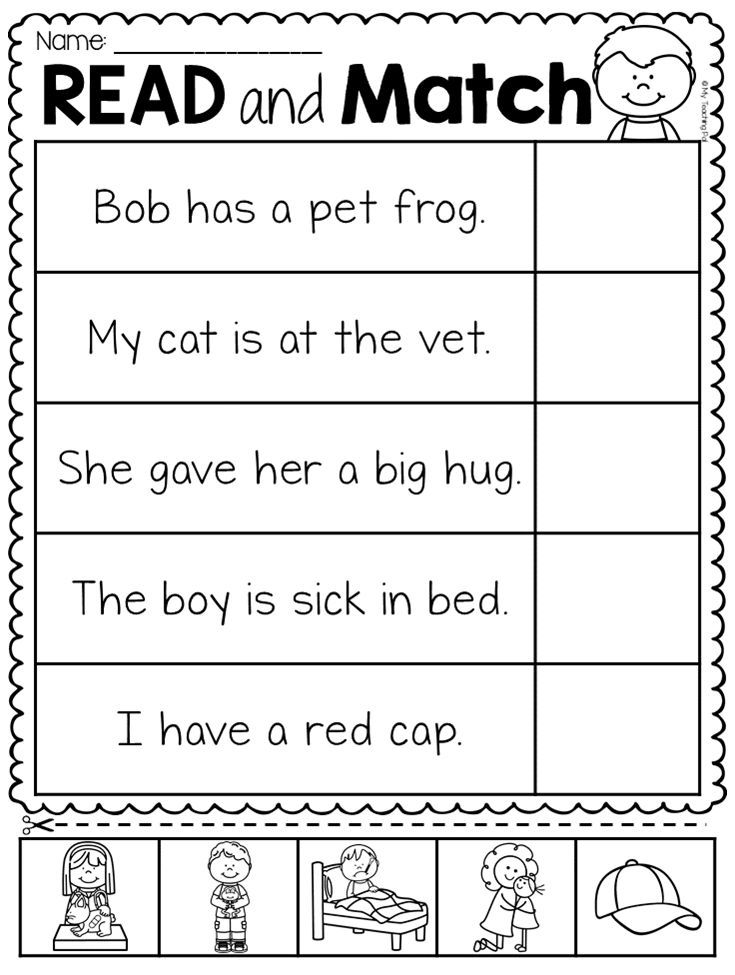
All questions of interest regarding the signs, prevention and correction of dyslexia in schoolchildren, you can ask the specialists of the Institute for Applied Behavior Analysis and Psychological and Social Technologies by phone:
+7 (495) 150-51-35;
+7 (495) 923-03-65.
What to do if the child does not want to learn to read: 3 tips
– I have been studying with the child for a long time, why doesn't he read?
- My reluctantly takes up a book, is capricious, looking for an excuse to evade.
- I have been studying with my daughter for several months, we go to prepare for school, but she still does not read and does not want to study.– I have been studying with my child for a long time, why doesn't he read?
- My reluctantly takes up a book, is capricious, looking for an excuse to evade.
- I have been studying with my daughter for several months, we go to school preparation, but she still does not read and does not want to study.
Despite the amazing opportunities that modern technology provides for education, parents often face a child's reluctance to study. But most of all it surprises in preschoolers 5-6 years old. - Where did it come from? After all, these are children, and they should be interested in everything new!
Schoolchildren's unwillingness to learn is, alas, a common symptom. In their case, the cause can be sought both within the family and outside: relationships with teachers at school, with classmates. In the case of preschoolers, there is only one reason - some mistake of parents in organizing classes, in relation to them.
Reading - a fun app for teaching children aged 3-7 to read
A colorful journey into the world of a fairy tale will allow your child to immerse themselves in the study of letters and syllables. Learning to read will no longer be a boring, routine task and will become a fun adventure to save the Magic Land. The game is based on Zaitsev's cube technique
The game is based on Zaitsev's cube technique
In this article, we will highlight 3 reasons why a child does not want to learn to read, and also offer 3 solutions. Pay attention to them, and your child's progress in learning will become more noticeable.
Why do we teach preschoolers to read?
If you open the school ABC, it will become clear to you that it was written for a child who is already reading. Gradually and imperceptibly, our children were no longer taught to read at school. For better or worse, the reasons why this happened are topics for a separate article. So we take it as a fact - the responsibility to teach the child to read and send it to school as a reader lies with the parents.
Therefore, parents not only teach their children to read, but try to succeed in it. They worry that if the child does not read well, then while the whole class will read the text and answer questions, their child will have difficulty connecting letters into words.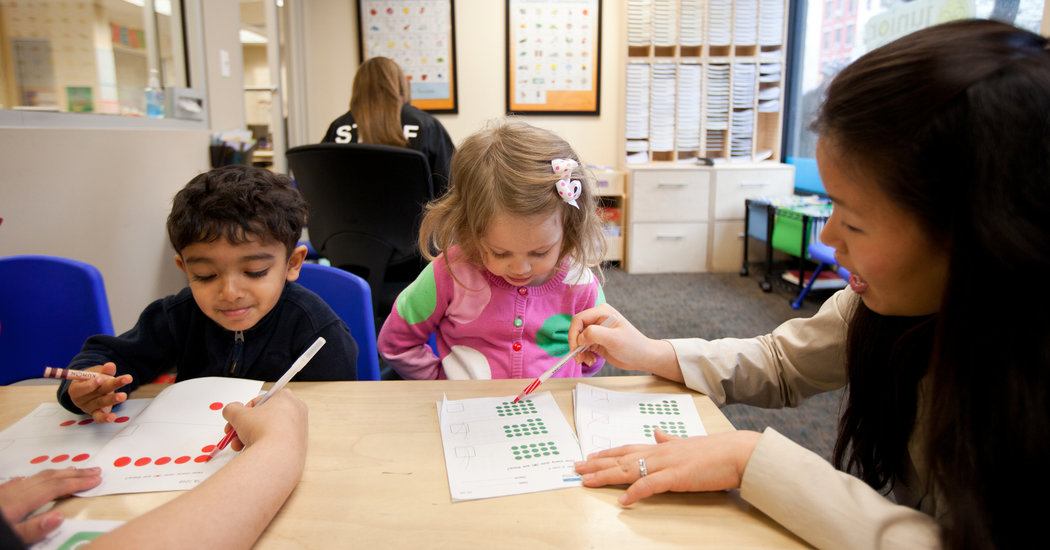 This will lead to a backlog in other subjects.
This will lead to a backlog in other subjects.
From lagging behind to unsuccessful, and then to unsuccessful - no one wants such a development for a child. Therefore, parents try to prepare their children for school in advance, to prepare well.
To have more time and energy to adapt to new school realities. To make the child feel more confident, bolder, smarter. These are the correct and necessary arguments of loving parents. But what about children?
And with such an approach, they say that they are bored, incomprehensible, uninteresting... They begin to evade, avoid classes. They whimper, they whine. Parents force, insist, try to interest and sooner or later achieve results - the child goes to school as a reader.
Reason No. 1: Parents are chasing the result and do not involve the child in the process
Adults require a result from a child - to be able to read fluently, to master the technique of reading.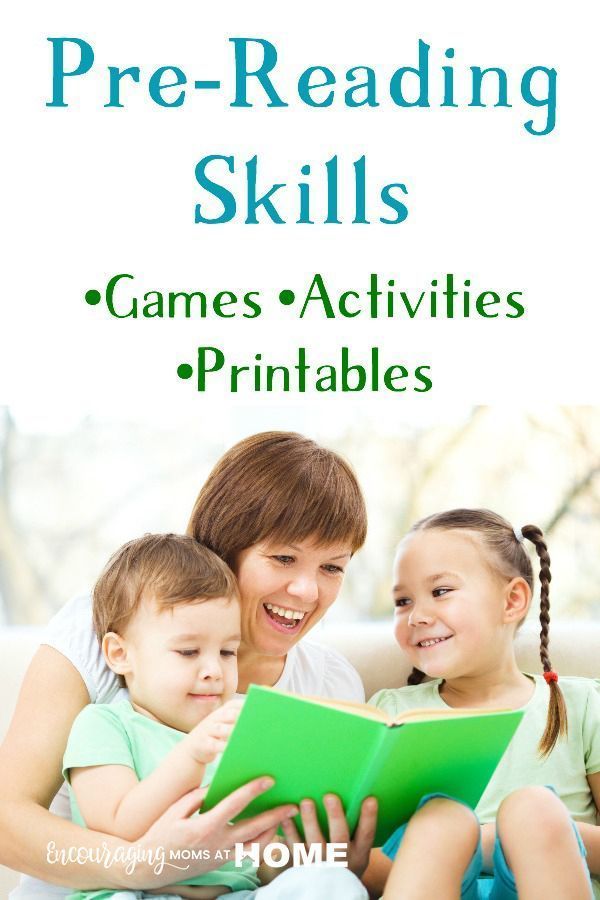 But they are not interested in the process itself (“I read because it is interesting”). In this case, the child will also be focused on the result over time (“I will read as much as you say, what you say and leave me alone”). For a child, reading becomes undesirable and even painful.
But they are not interested in the process itself (“I read because it is interesting”). In this case, the child will also be focused on the result over time (“I will read as much as you say, what you say and leave me alone”). For a child, reading becomes undesirable and even painful.
Thus, most parents seek to teach their child to read in order to prepare him for school, and formulate their task something like this:
“I teach a child to read so that in the first grade he feels no worse than others. To make it easier to adapt, get used to school, so that at first it would be easier for him to study.
At the same time, parents see the goal of learning to read as follows: the child knows letters, combines them into syllables, perceives the whole word, reads sentences. As a rule, having achieved this result, parents stop. They often stop when the child has gone to school, considering his task completed.
But there is a second part of the “why am I teaching my child to read” problem that parents usually overlook. This is a long-term goal, the result of which is so far away that it can be overlooked. There she is:
This is a long-term goal, the result of which is so far away that it can be overlooked. There she is:
“I teach a child to read so that he loves reading”
A child who loves reading will read a lot and with interest, learn to extract information from texts much easier and faster, understand different texts - artistic, scientific, informational, be able to analyze them, highlight the main thing.
Not noticing the second problem in learning to read is like not seeing the forest for the trees.
Therefore, in addition to achieving an immediate result, it is important to make sure that the very process of learning and reading gives the child pleasure. You read interesting books together (for preschoolers and elementary school), then the child begins to read books on his own, you help the child choose books according to age and interests, and discuss what he has read. Build an interest in reading before school, and support it in elementary and middle school.
Solution 1: Switch to process. Remove controls and checks. Don't try to make sure that the child has learned, understood something in the technique of reading - all this is the desire to fix the result, the emphasis on which is now harmful for you and your child. Read books that are interesting to both of you as much as possible with your child, discuss them. The child should feel that reading is interesting.
Tatyana Chernigovskaya, a highly qualified specialist and scientist, talks about how to properly prepare a child for reading, so that he not only learns to read, but loves books with all his heart.
Reason #2: Adults underestimate the complexity of learning this task begins to seem to the child even more difficult than it really is.
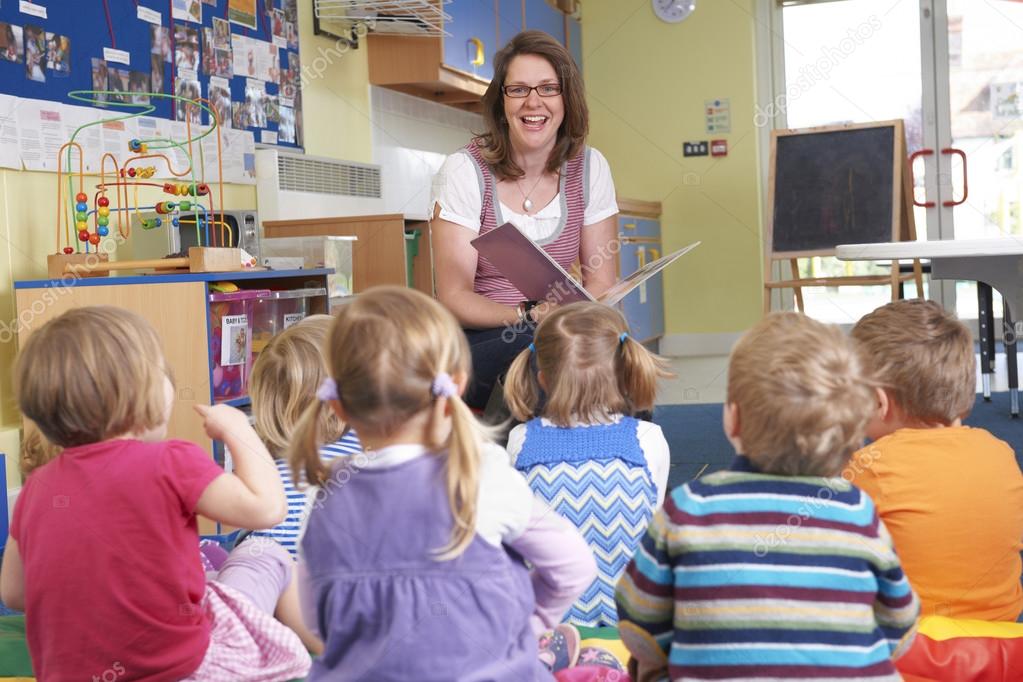 It is not surprising that the child begins to avoid learning to read, and then to read in general.
It is not surprising that the child begins to avoid learning to read, and then to read in general. You learned to read a long time ago and most likely do not remember what difficulties you had in learning to read. You think learning to read is easy. And it's hard for a child. With their misunderstanding, skeptical attitude (“Yes, no one taught me at all, I learned it myself!”) Or pressure (“it’s time to read, soon to school!”) you unconsciously devalue the efforts of the child, thereby demotivating him and creating an attitude towards reading as something overwhelming and unpleasant. It is not surprising that subconsciously the child begins not want to learn to read and says: “boring, uninteresting, I don’t want to.” Science, by the way, confirms that learning to read is not easy. The scientists came to the conclusion that
learning to read is a complex cognitive process associated with the organization of memory, attention, and image manipulation.
T.V. Chernigovskaya, Doctor of Biological Sciences, neurolinguistTransforming them into a verbal-logical form and vice versa, decoding symbols (in the process of reading) into images, recognizing and manipulating them. Difficult, because different parts of the brain encode different information. The reading process involves departments that are responsible for processing sound and visual images, speech centers, short-term and long-term memory. There are about 17 areas of the brain in total. Each is responsible for its own area: one is for visual perception, the other correlates sounds and letters, the third recognizes the meaning of what is read.
The rate of reading acquisition in children is determined by the rate of maturation of brain regions. This maturation occurs unevenly (heterochronously). Such uneven development is the norm for a child. As on a fruit tree, all the flowers do not bloom and all the fruits do not ripen at the same time.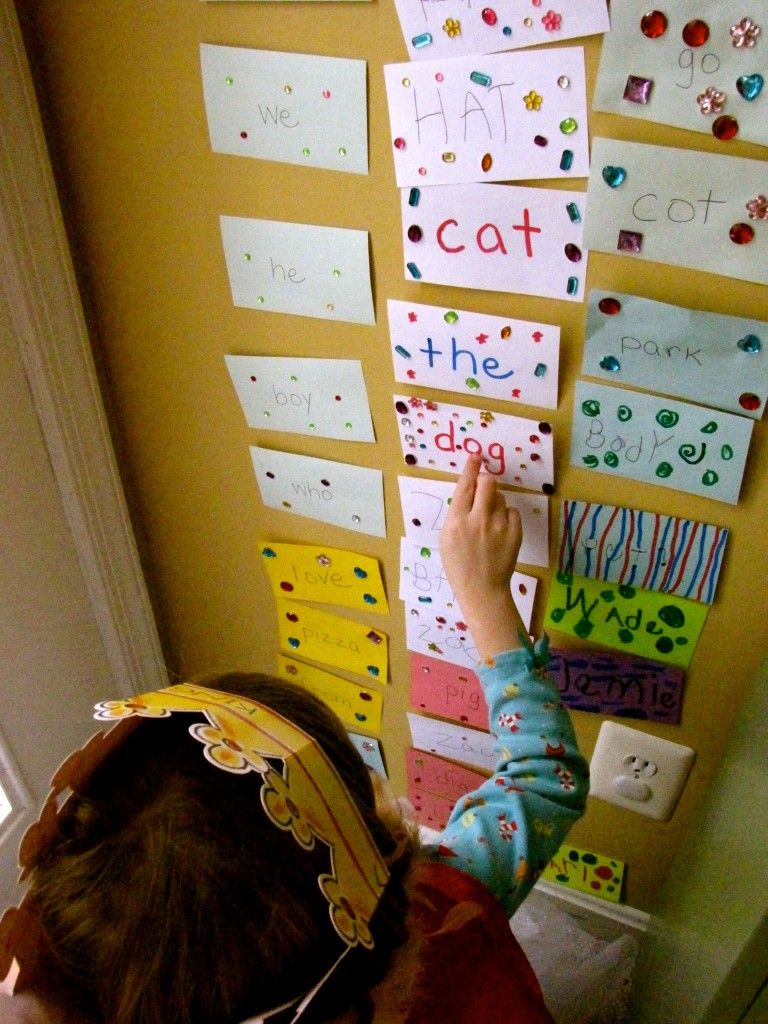
Heterochrony of development, in part, explains the fact that often children in a certain period know the letters and they cannot or cannot read words to combine them into syllables - everything has its time. Just be flexible and be sympathetic to these temporary difficulties.
It is also worth adding that in addition to the heterochronous development of brain regions, which is relevant for everyone, Your child may have their own learning curve. To be equal to other children, to the opinion of specialists, of course, it is necessary, but do not attach too much importance to this. It will be right not to drive your child into someone else's framework, and notice, find its strengths and weaknesses. And in the future to use them for study, to reveal its development potential.
Solution 2 Be patient. Support the child. Instead of stressing that learning to read is easy, focus on that you believe and have no doubt that he will learn to read.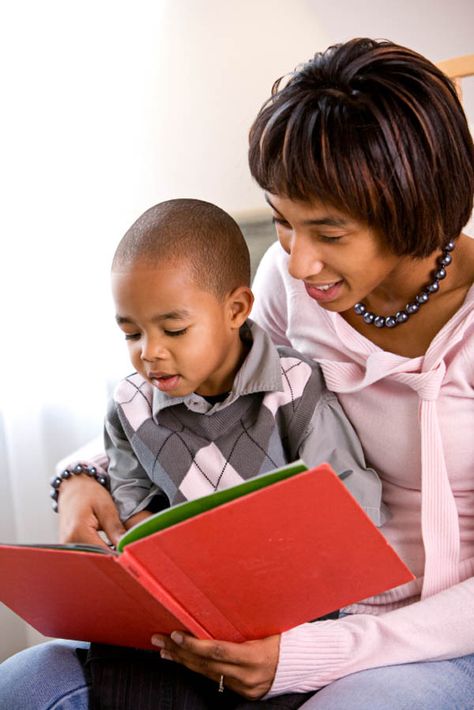 Rejoice in every achievement.
Rejoice in every achievement.
If the child fails to learn to read quickly, if he has difficulties, do not discuss with relatives, especially in front of the child. After all, he hears everything and subconsciously adjusts to the ideas of his loved ones - mom and dad. Believe in the potential of the child and this belief will transform him amazingly, and your relationship will only benefit. whenever it seems to you that “he should have read a long time ago”, “I myself learned at his age ...”, remember the complexity of the task and the physiological conditions of the child's readiness. Switch to the process - and engage with your child for your pleasure. Yes, yes, just for fun. You should also be interested in activities with the child.
Be able to see the value for yourself in these activities! How? Look at your classes from a different angle. Your child is learning a difficult reading skill... But at this moment you are mastering an equally complex skill: you are learning to understand its capabilities and not to rush.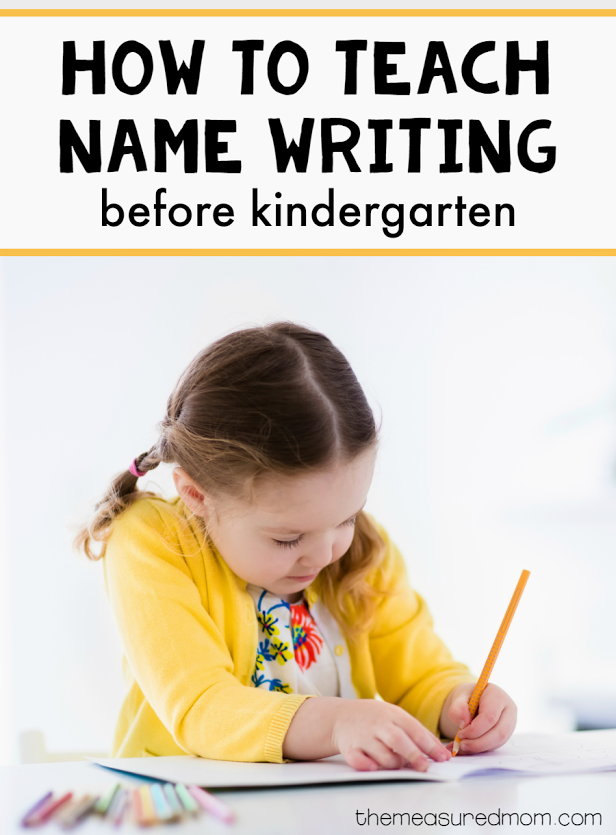 This skill will be needed in the school period, and in adulthood. Observe the child, learn his features, overcome the first educational difficulties with him. So in a sense, you and your child have the same goal.
This skill will be needed in the school period, and in adulthood. Observe the child, learn his features, overcome the first educational difficulties with him. So in a sense, you and your child have the same goal.
Reason #3: The chosen method does not suit your child
An inappropriate teaching method that does not correspond to age characteristics will greatly slow down the process of learning to read. We are far from opposing sound and warehouse methods. A lot of literature has been written in defense of each of them. But if you notice that the child's problems in relation to reading are connected precisely with a misunderstanding of what you are explaining to him, it is likely that that you are facing this problem.
Read about the difference in methods of teaching reading in our article "How to teach a child to read". Here I will briefly say that the most common are two principles of teaching children to read: storage and sound. In addition to them, there are learning to read in whole words and other approaches, but here we will focus only on these two.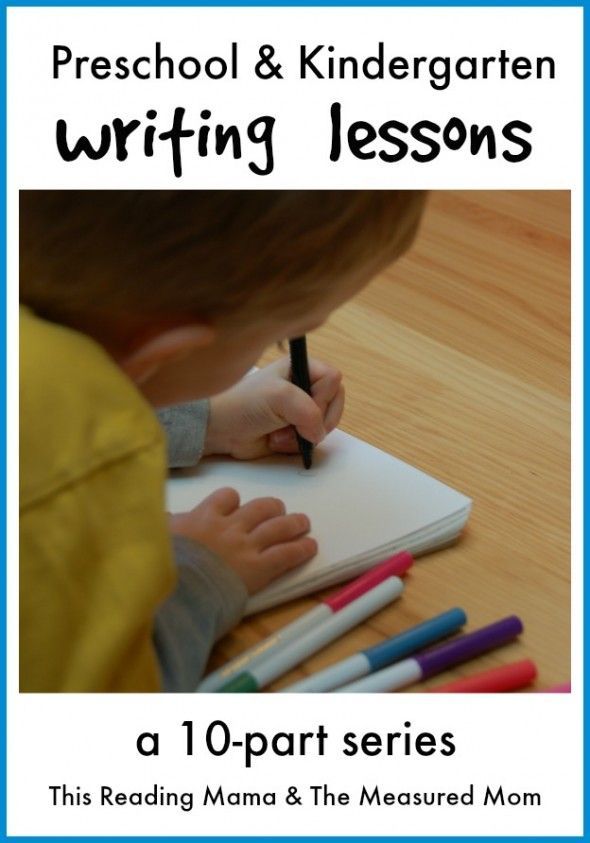
Russian people have been taught to read since antiquity. Gradually, the warehouse method became simpler. A warehouse is 1 or 2 letters (a consonant plus a vowel). This is how the words divided into warehouses will look like: s-to-l, ka-r-ti-na, a-r-bu-z, se-m-i.
- Skladovoi method in teaching children was used by L.N. Tolstoy, later this method was finalized in the 90s by teacher-philologist N.A. He arranged warehouses in the table and on the faces of the cubes (Zaitsev's cubes). All warehouses are known, the child looks, writes, plays and gradually remembers them. Such training is suitable for younger preschoolers: the warehouse is perceived, remembered and pronounced by the child as a whole. When pronouncing warehouses in sequence, the whole word is obtained.
- The sound (phonetic) method of teaching reading was borrowed by the Russian nobility in the second half of the 19th century from the German language. In it, each letter (more precisely, the sound) is strung like beads on a string to each other.
 This method was taken as a basis, developed and modified by Soviet pedagogy. If you send your child to prepare for school in a school, they will teach him in this way. With this approach, individual letters (sounds) are memorized, with the help of which the child learns to compose and parse words.
This method was taken as a basis, developed and modified by Soviet pedagogy. If you send your child to prepare for school in a school, they will teach him in this way. With this approach, individual letters (sounds) are memorized, with the help of which the child learns to compose and parse words.
To learn to read by the sound method, the child must grow up. Analytical-synthetic functions of the brain necessary for teaching a child by this method (analyze the word, decompose it into sounds and synthesize them back into a word) arise in a child after 6-7 years. So it is only natural that children may have difficulty with this.
In addition, it is important for preschool children to play. The game is their age feature. It is important not to deprive the child of this need for the sake of classes.
Solution 3 Take a break from classes for 1-2 weeks, and then try another method, other aids. Embed your activities into the game, or vice versa - the game into the activities.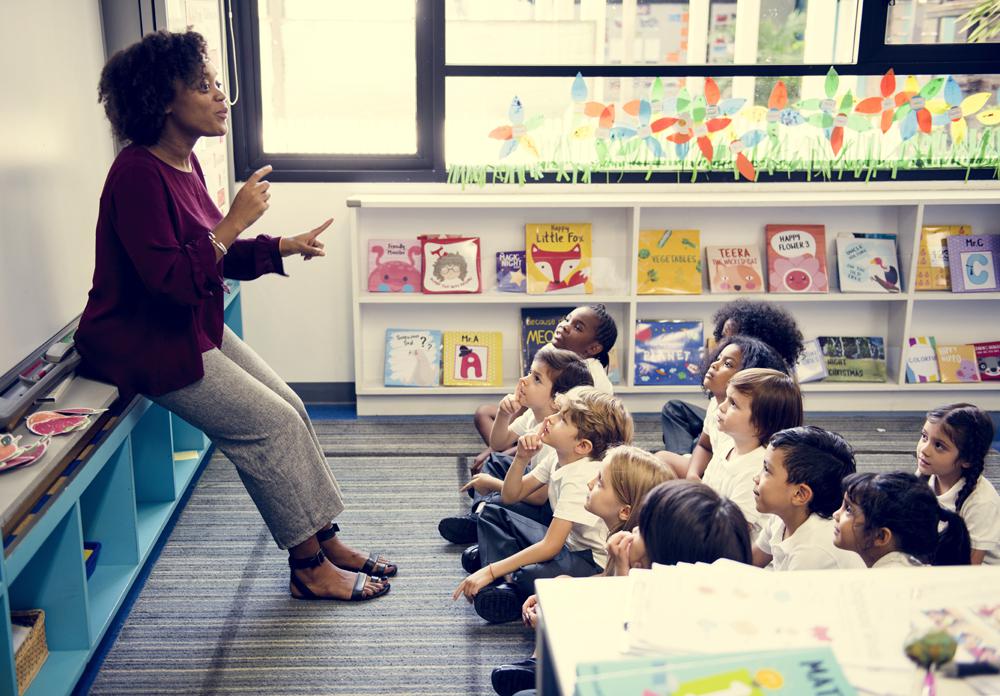 Imagine, invent, try.
Imagine, invent, try.
Reading - a fun app for teaching children aged 3-7 to read
A colorful journey into the world of a fairy tale will allow your child to immerse themselves in the study of letters and syllables. Learning to read will no longer be a boring, routine task and will become a fun adventure to save the Magic Land. The game is based on Zaitsev's cube technique.
Conclusions
- Emphasize process in learning. Be aware that learning to read can take time. Let other parents brag about “how their child quickly learned to read,” and your task is to learn to understand your child, notice its strengths and weaknesses. Share the fun of mastering this first difficult learning skill (the child learns to read and you learn to teach the child). The main thing is that every time you sit down to study, remember: you are not teaching a child to read, you are teaching him to love reading. From this simple installation, everything you do will change.

- Be patient. Support the child. Instead of stressing that learning to read is easy, focus on that you believe and have no doubt that he will learn to read. Rejoice in every achievement.
- Choose the method of teaching reading, as well as the degree of play presentation of the material in accordance with the age of the child. If something does not work out, take a break from classes and try other methods.
It is important not only to teach a child to read, but also to instill in him a love of reading. In the video, the author of the project on education and upbringing of children, Nadezhda Papudoglo, talks about how not to discourage a child's love of books and how to help him fall in love with reading.
In all incomprehensible cases, the game for learning to read READING will help you, which was created for the child to play and learn to read by himself, moving forward with interest and desire.